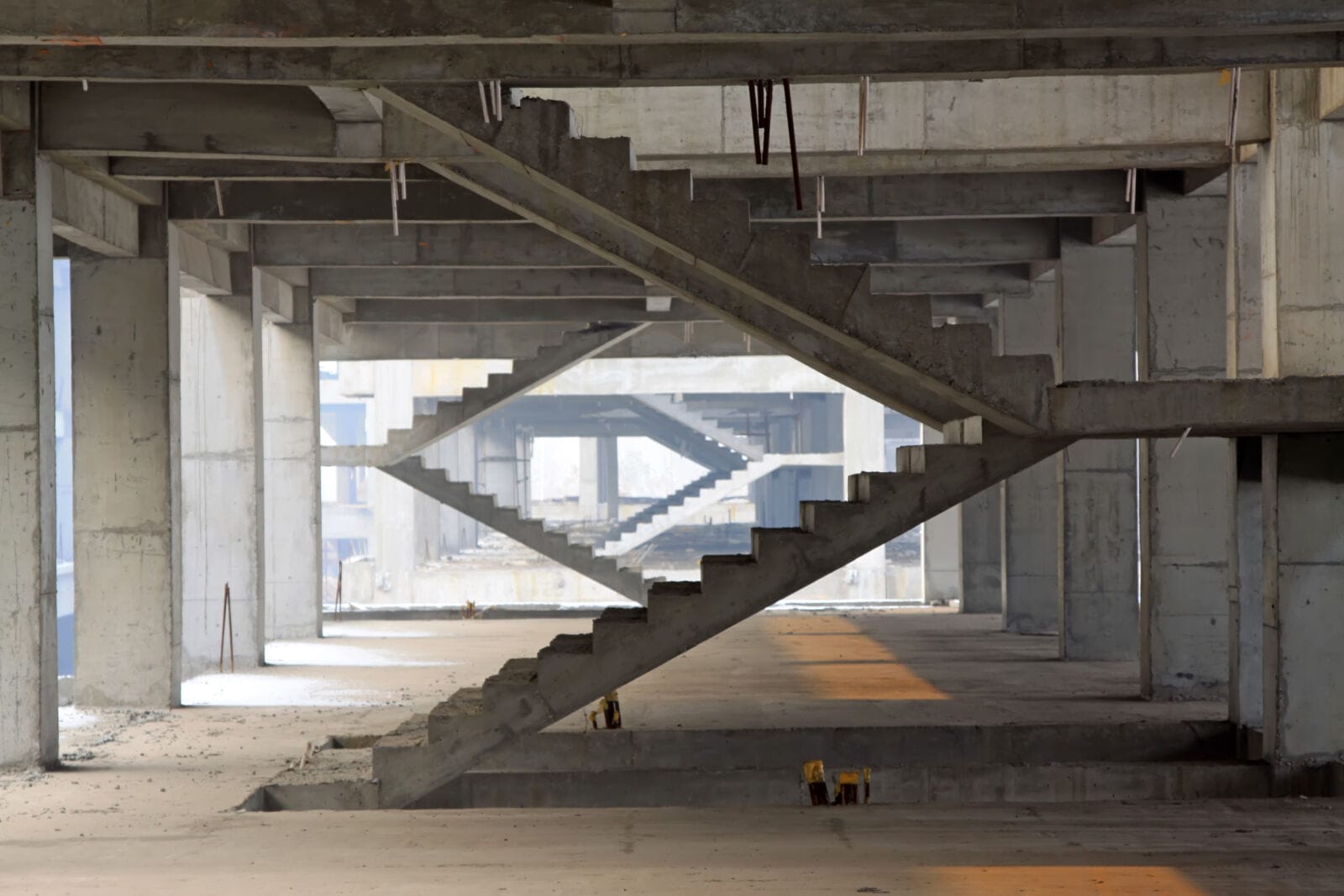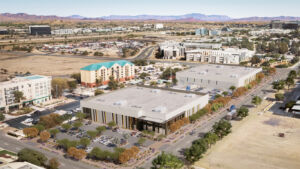In years, the field of architecture has seen notable changes unfold over time, with structural concrete playing a pivotal role in driving these developments forward. Its flexibility and durability have established it as a component in today’s landscape, shaping the way buildings are designed and constructed in our era. This article delves into the impact of concrete on progress and its significance within present-day construction methodologies.
MORE NEWS: Tripadvisor reveals the must-visit destinations for 2025
Structural Concrete in Modern Architecture
Progression of Concrete
Throughout history, from ancient times until now, concrete has been utilized as a building material by civilizations around the world to meet architectural demands and achieve modern designs that are both durable and aesthetically pleasing.
Versatility of Concrete
Concrete’s versatility makes it a popular choice for a range of uses in construction projects today. Structural concrete contractors in Los Angeles love the flexibility concrete offers in being shaped into forms and structures. Whether it’s modern buildings or detailed and curved designs, concrete provides room for artistic exploration. Its adaptable nature also enables blending with materials to add depth and variety to architectural designs.
Lastingness
Concrete stands out for its durability, a feature in construction projects that require materials to withstand environmental stressors effectively and persistently over time without succumbing to weathering or wear and tear damage; this endurance factor translates into cost savings on maintenance expenses, making concrete a financially practical option for extensive building endeavors.
Worries About Practices
The increasing focus on issues has made sustainable construction a top concern in the industry today. The production of concrete typically requires an amount of energy consumption. Recent developments have brought about eco-friendly options. By using recycled materials and new formulations that are environmentally friendly, the carbon footprint of concrete is. It aligns with building practices. This change guarantees that concrete remains a component of eco-architecture.
Innovative Applications in Contemporary Design
Architectural designers are always looking for ways to integrate concrete into their creations. This versatile material supports groundbreaking ideas that challenge the norms in contemporary design practices. Concrete is often a choice for constructing skyscrapers, bridges, and communal areas due to its robustness and ability to adapt aesthetically. Its capacity to construct areas while ensuring reliability adds to its popularity among architects worldwide.
Build Materials often Used in Construction Projects
Concrete is crucial for the development of infrastructure beyond looking good; it plays a role in building roads and tunnels as well as dams that benefit from its durability and strength to withstand heavy loads and external pressures essential for the safety and reliability of vital infrastructure projects in growing urban areas.
Advancements in Technology
The way technology has changed the way architects use concrete is truly remarkable! Take concrete as an example—it includes sensors that keep an eye on how strong a structure is in real-time and give engineers valuable data they need to do their jobs better and make buildings last longer. And let’s not forget 3D printing technology—it lets us build with concrete in a super precise and efficient way that cuts down on waste and saves money on labor costs.
Its Impact on Adapting to Climate Change
Modern architecture is faced with challenges due to climate change that require materials to adjust to changing conditions. Concrete’s ability to regulate temperatures through its mass properties plays a vital role in creating energy-efficient buildings. In climates where temperature variations are drastic, concrete’s durability helps maintain structural integrity, making it a valuable asset in constructing resilient structures against climate impacts.
The Visual Attraction
Concrete aesthetic flexibility is truly remarkable. It shouldn’t be underestimated. Within the realm of architecture, it is practiced to utilize a range of finishing methods to elevate its charm, ranging from sleek finishes to textured facades. The incorporation of color enhancers and ornamental molds offers an array of options that enable concrete to blend with any design aesthetic. Its innate rugged appearance often aligns well with architectural styles, resulting in bold and visually captivating expressions.
Deal with Difficulties Resolving Them
While concrete offers benefits in construction practices, it does encounter obstacles, such as cracking, that can jeopardize its overall strength and stability. Engineers tackle this concern by employing reinforcement methods and innovative additives to enhance the performance of concrete. Ongoing studies aim to boost the durability and eco-friendliness of concrete to maintain its significance in projects.
In Summary
Structural concrete remains a cornerstone of modern architecture. Its versatility, durability, and adaptability make it indispensable in contemporary design and construction. As technology and sustainability efforts progress, concrete’s role will undoubtedly evolve, shaping the future of architectural innovation. Understanding its significance helps us appreciate the intricate relationship between material and design in creating enduring, functional spaces.




